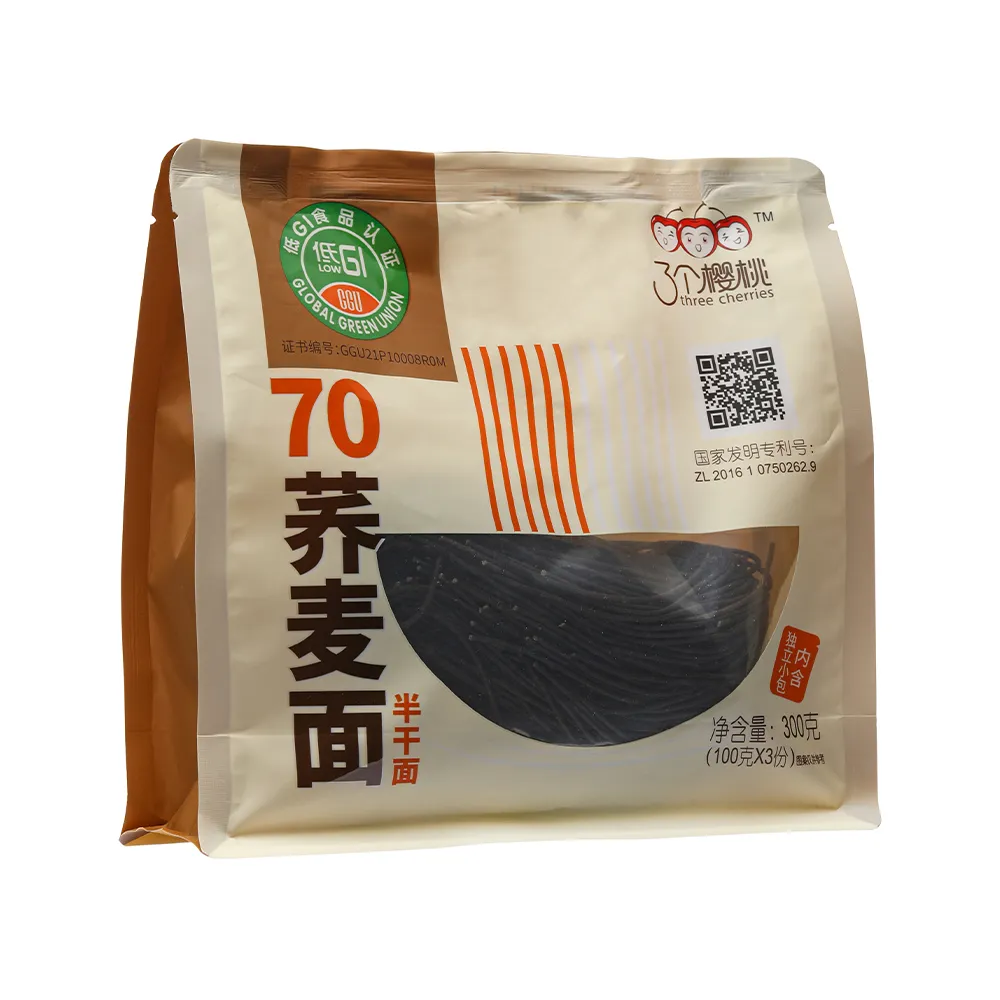what is the difference between bolognese and spaghetti?
The Difference Between Bolognese and Spaghetti A Culinary Exploration
When it comes to Italian cuisine, few dishes evoke the same level of fervent debate and admiration as the classic Bolognese sauce and spaghetti. Often served together, these two elements form a beloved staple in countless households, yet they are distinct in their ingredients, preparation, and culinary significance. This article delves into the differences between Bolognese and spaghetti, exploring their origins, characteristics, and how they complement one another.
Understanding Spaghetti
Spaghetti is a long, thin, cylindrical pasta that originates from Italy, specifically the region of Campania. Made primarily from durum wheat semolina and water, spaghetti is known for its firm texture and ability to hold sauces effectively. It is one of the most recognized types of pasta worldwide and serves as a versatile base for various dishes.
Spaghetti can be served with an array of sauces—tomato-based, creamy, or even oil-based—making it an adaptable staple in Italian cuisine. The cooking process is straightforward the pasta is boiled in salted water until al dente, ensuring a slight bite that enhances the overall dining experience. Its simplicity allows it to pair with numerous ingredients, from vegetables to meats, offering endless possibilities for flavor combinations.
Exploring Bolognese Sauce
Bolognese, or ragù alla Bolognese, is a rich and hearty meat sauce that hails from Bologna, Italy. Traditionally, it is made with a combination of ground meat (usually beef or pork), onions, carrots, celery, tomatoes, and a splash of wine, resulting in a deep and complex flavor profile. Unlike marinara or other tomato sauces, Bolognese sauce is characterized by its meaty texture and robust taste, making it a filling accompaniment for pasta dishes.
what is the difference between bolognese and spaghetti?

The preparation of Bolognese is a labor of love, often simmering for several hours to develop its flavors fully. The technique typically involves sautéing the vegetables until soft, adding the meat to brown, then incorporating wine and tomatoes to create a richly layered sauce. Some variations may include milk or cream, which add a velvety texture and balance the acidity of the tomatoes.
Key Differences
The principal difference between Bolognese sauce and spaghetti lies in their classifications and culinary purposes. Spaghetti refers specifically to the type of pasta, while Bolognese is a sauce meant to enhance the pasta's flavor. Thus, one cannot compare them directly as they serve different roles in a dish.
Additionally, their preparation and ingredients starkly contrast
- Ingredients Spaghetti is primarily made from flour and water, whereas Bolognese includes a variety of ingredients, most significantly meat and vegetables. - Cooking Time Spaghetti cooks relatively quickly—usually 8-12 minutes—whereas Bolognese benefits from slow cooking, often requiring several hours to reach its full flavor potential. - Flavor Profile Spaghetti is neutral in taste, allowing it to adopt the flavors of whichever sauce is paired with it. In contrast, Bolognese sauce is rich, savory, and varies significantly based on the recipe, which can include a variety of meats and aromatic vegetables.
Conclusion
In summary, understanding the difference between Bolognese and spaghetti is essential for any culinary enthusiast looking to appreciate Italian cuisine fully. Spaghetti serves as a foundational element of the dish, while Bolognese sauce adds depth and richness. Together, they create a harmonious combination that has delighted palates around the world for centuries. Whether enjoyed at a family dinner or a fine dining restaurant, this iconic pairing continues to celebrate the heart of Italian culinary tradition. As you explore these delicious components, you may find inspiration to create your own interpretations, ultimately enhancing your appreciation for the artistry of cooking.
-
Unleash Your Inner Chef with Delectable Italian Pasta CreationsNewsAug.01,2025
-
Savor Health and Flavor: Irresistible Soba Noodles for Sale Await!NewsAug.01,2025
-
Nourish Your Body with Premium Organic Ramen - A Culinary Delight AwaitsNewsAug.01,2025
-
Elevate Your Dishes with Our Exquisite Kinds of Egg NoodlesNewsAug.01,2025
-
Dive into Flavorful Convenience with Our Ramen OfferingsNewsAug.01,2025
-
Discover Exquisite Types of Naengmyeon and Chilled Soba NoodlesNewsAug.01,2025
-
Is Whole Wheat Pasta Healthy?NewsMay.30,2025
Browse qua the following product new the we

















































































































